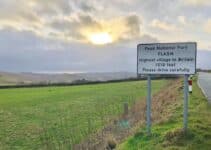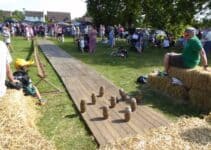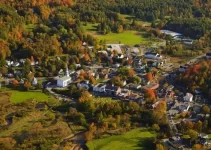The concept of human habitation is quite intricate. It has been changing and growing, even beyond its traditional context, from past to present.
There is a great deal of ambiguity about the precise nature of each zone, its name, and the criteria by which it is measured. Villages vs boroughs, both sorts of human settlements, are sometimes jumbled with one another.
Let’s look at this in more detail.
Is Borough A Town Or A Village?
In many nations where English is spoken, smaller cities or towns are referred to as “boroughs.” While the formal use of the term “borough” often refers to a self-governing walled town, this definition is not universal.
Ireland and the United Kingdom, more notably England and Northern Ireland, use boroughs as a local government. The Canadian province of Quebec, the former province of Ontario, various U.S. states, Israel, the former country of New Zealand, and the lone remaining Australian territory all have boroughs.
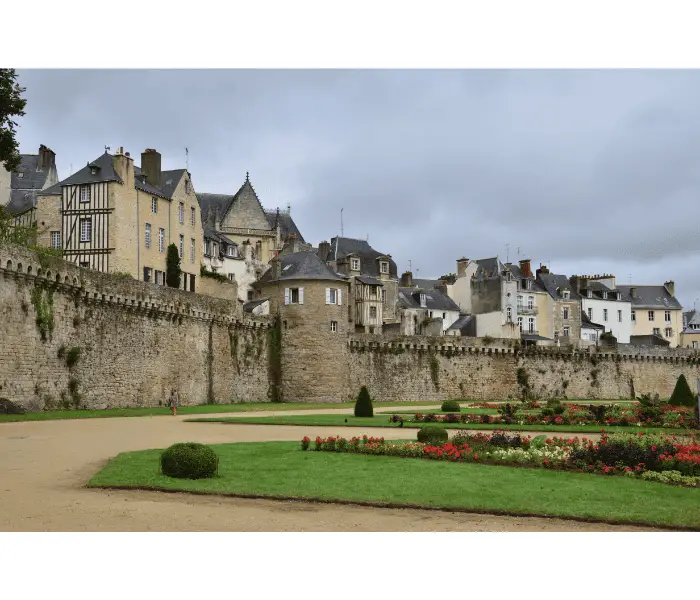
Borough vs Town
A village is a human settlement or community with a population of a few hundred to a few thousand people, making it larger than a hamlet but less than a town. However, the term “village” is sometimes used to denote hamlets and smaller towns.
The term “urban village” is also used to describe some urban neighborhoods, even though most villages are found in rural areas. Even while most villages are stationary communities, nomad villages do exist.
In addition, houses in a village tend to be clustered rather than dispersed over a wide area like in a spread-out town.
Agrarian societies and even some non-agricultural societies typically lived in villages in the past. A small settlement in the United Kingdom is considered a village once it has erected a church.
Small percentages of the population often lived in urban areas, which was the case in many different cultures.
British villages are typically smaller than towns and are based on agriculture, though other industries, such as mining, quarrying, and fishing, also play a role. They’re a lot like the ones in Ireland.
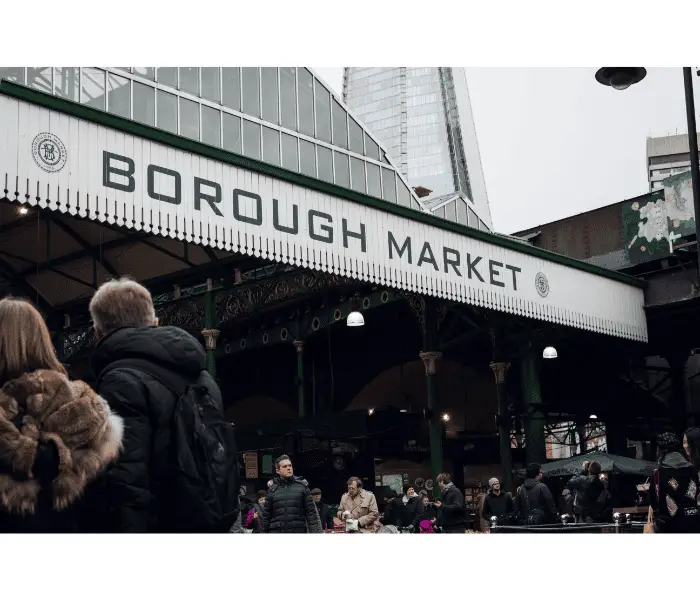
What is a Borough
Boroughs have a more officialized government structure than villages and have a more defined system and rules. A borough can be a town or a part of a town, but it is not a village.
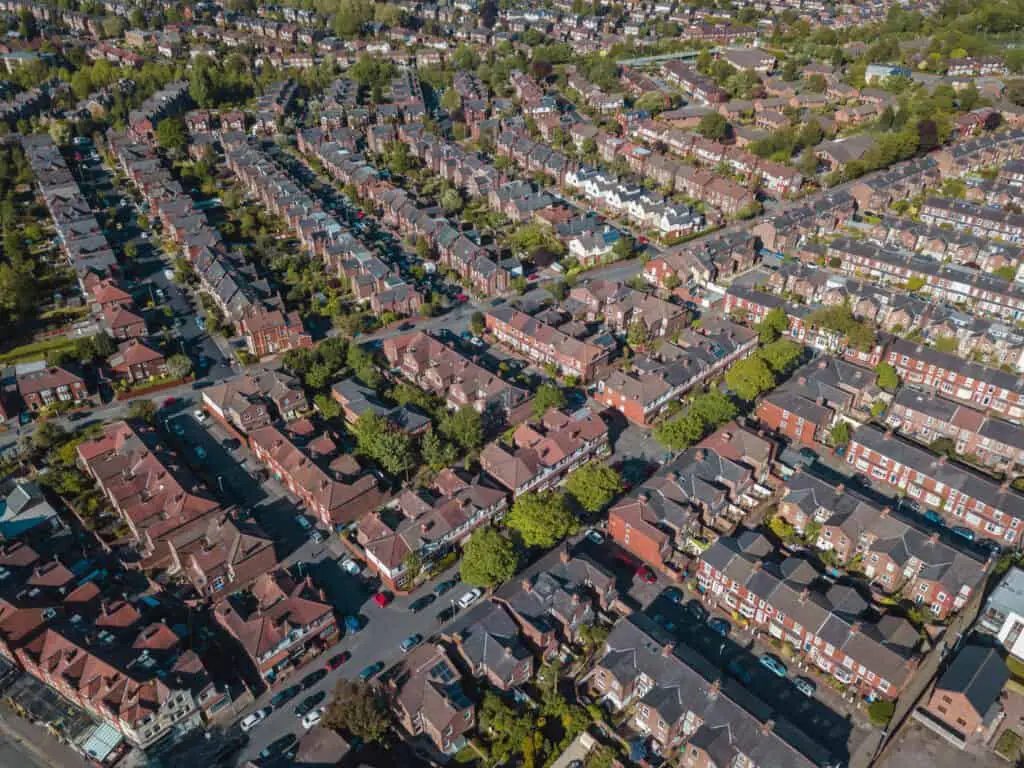
Is A Borough Smaller Than A Village?
Usually, a village has a lesser population than a borough, but compared area-wise, some villages can be bigger than boroughs. So, it depends on the question’s perspective to answer it more appropriately.
There is no longer any correlation between borough status and urbanization. The provisions of section 245 of the Local Government Act of 1972 allow for the creation of boroughs in metropolitan and non-metropolitan regions outside of Greater London.
Under this provision, a district council may apply to the king for a charter establishing a borough government. At least two-thirds of the council members must vote in favor of the resolution for it to pass.
After considering the petition and taking Privy Council counsel, the monarch may issue a charter, which would allow for the following to occur:
- As of now, the area can be called a borough.
- The council for the district is now the council for the borough.
Unless the council already has an elected mayor in place as required by the Local Government Act of 2000, the chairman and vice-chairman will be able to use the honorifics “mayor” and “deputy mayor” of the borough, respectively.
There is a possibility that the borough council will be able to reappoint “local officials of dignity” appointed by a defunct borough corporation if the council has a charter issued under the 1972 Act. Several instances include:
Some boroughs, as well as city councils, have the authority to confer honorary recorder status on a circuit judge or recorder who has been appointed by the Courts Act of 1971.
For most councils, this means the highest-ranking judge in the region.
Several municipalities that were once county corporate have sheriffs that serve by appointment. Once a position of authority in the legal system, the high steward is now only held ceremonially.
Generally speaking, the likelihood of floods, the accessibility of water, and the structure of agricultural practices and land ownership are the most important aspects to consider when deciding on a settlement type.
For instance, communities in hilly regions like the Lincolnshire Wolds typically cluster halfway downhill from the hilltops, where springs can be found.
These villages were originally spring line towns, and their surrounding open field systems date back to prehistoric times.
Unlike the little hamlets clustered around village greens that sprang up due to woodland clearances in places like the Forest of Arden, most communities in northern Scotland were designed to have a grid layout and are situated on or near major roadways.
Clent, a village in north Worcestershire, is a good example of a village that lacks a central location and consists of a cluster of hamlets dispersed across and around the Clent Hills.
Some communities have vanished, leaving behind nothing except a hummock in the fields or a crumbling church, as in the case of lost medieval settlements.
In some cases, three or four distinct levels of human habitation have been uncovered. Some of these clear-cuts were necessary to make room for sheep and game estates.
In contrast, others were caused by depopulation due to disasters such as the Black Death or the migration of inhabitants to wealthier locations.
Suburban areas have expanded and combined to establish new centers, such as the London neighborhood of Hampstead and the Manchester neighborhood of Didsbury.
Many rural areas have lost businesses, churches, and other amenities and have become primarily residential.
The village stands in for the idealized version of Britain in the minds of many Britons. It’s portrayed as peaceful and harmonious, though a touch is insular because it’s far removed from the chaos of the modern world.
Historically, a church in a British community marked it as a village rather than a hamlet. Certain civil parishes, though, might have multiple villages there.
A typical village might have a few stores, a blacksmith, and a bar or inn. However, most of these amenities no longer exist, and many rural areas serve only as commuter dormitories.
The populations of these communities often fall between several hundred and five thousand people. There is no such thing as a mayor or town hall in a village.
